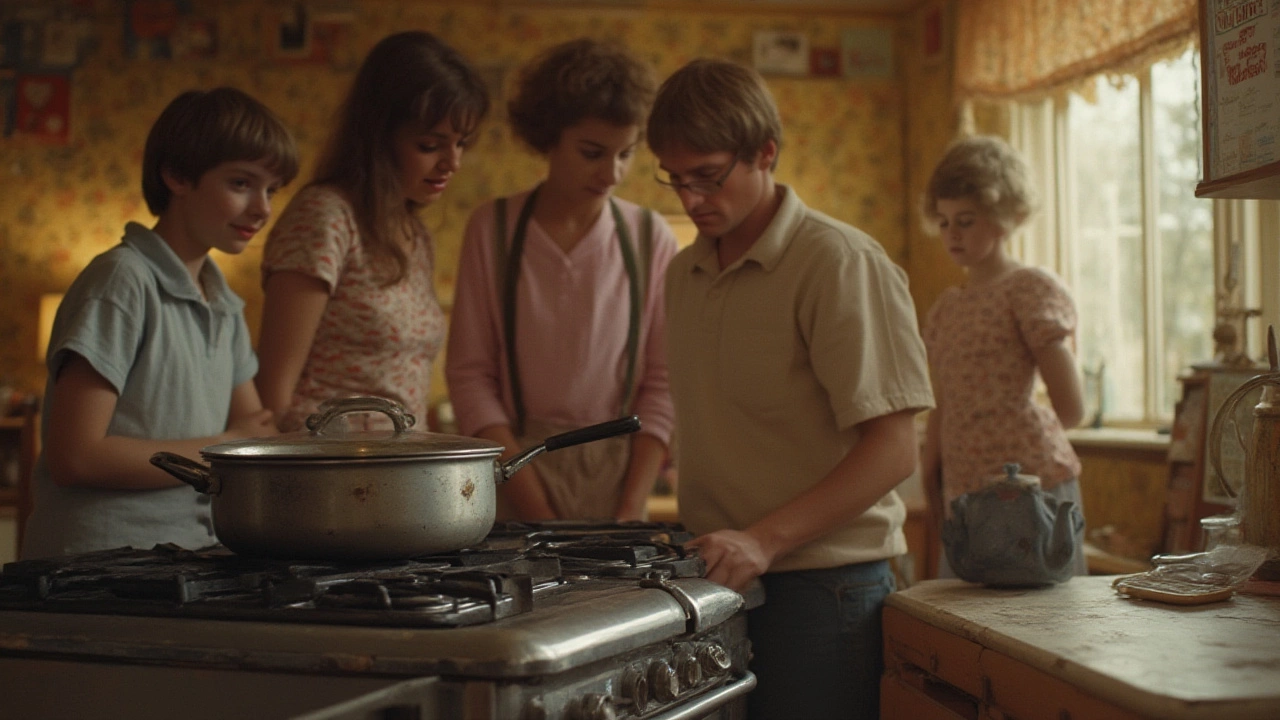Nonstick Cookware: Quick Tips, Best Picks, and How to Keep Them Fresh
If you love easy clean‑up and food that slides off the pan, nonstick cookware is probably a kitchen staple for you. But not all nonstick pans are created equal, and using them wrong can shorten their life fast. Below you’ll find straight‑forward advice on picking the right pan, cooking with it safely, and cleaning it so it stays smooth for years.
Choosing the Right Nonstick Pan
First, look at the coating. The most common is PTFE (often called Teflon). It works well for eggs, pancakes, and low‑fat cooking, but it can break down at very high heat. Ceramic coatings handle higher temperatures and are free from PTFE, but they can lose their nonstick quality quicker if you scrub them harshly.
Size matters, too. A 10‑inch pan fits most stovetops and handles one‑ or two‑serving meals without crowding. A larger 12‑inch pan is handy for family breakfasts or stir‑fry, but it needs a heavier base to spread heat evenly.Check the handle. Heat‑resistant, ergonomic handles stay cool and feel solid when you lift the pan. Cheap plastic handles may melt if you leave the pan on high heat too long.
Finally, read the warranty. A good brand will offer at least a one‑year guarantee on the coating. That tells you they trust their product to last.
Cleaning and Maintaining Your Nonstick Cookware
Right after you finish cooking, let the pan cool down a bit. Pouring cold water onto a scorching pan can warp the metal and damage the coating. Use warm, soapy water and a soft sponge. Avoid steel wool, abrasive pads, or harsh cleaners – they will scratch the surface.
If food sticks, soak the pan for a few minutes. The water will loosen residue without the need for scrubbing. For stubborn bits, make a paste of baking soda and water, apply it, and let it sit before wiping gently.
When you store the pan, keep a layer of paper towel or a pan protector between it and other cookware. Stacking pans directly can cause scratches, especially if the coating is already a little worn.
Cooking tricks can also extend the life of your nonstick pan. Use medium or low heat for most dishes; high heat isn’t necessary and can degrade the coating. Add a small amount of oil or butter, but don’t preheat the pan empty – that’s a fast track to damage.
Choose the right utensils. Silicone, wood, or plastic tools glide over the surface without nicking it. Metal spatulas are a no‑go unless you’re using a super‑hard ceramic pan that explicitly says it’s metal‑safe.
In short, treat your nonstick pan like a delicate tool, not a disposable piece. Pick a reputable brand, match the pan size to your cooking needs, and keep the heat moderate. Clean with soft tools, store carefully, and pick appropriate utensils. Follow these simple steps and your nonstick cookware will stay slick and reliable, making breakfast, dinner, and everything in between a breeze.
Get the full story on when makers stopped using the old Teflon in nonstick pans, what changed, and whether modern pans are safe for your kitchen today.
Jul, 14 2025
